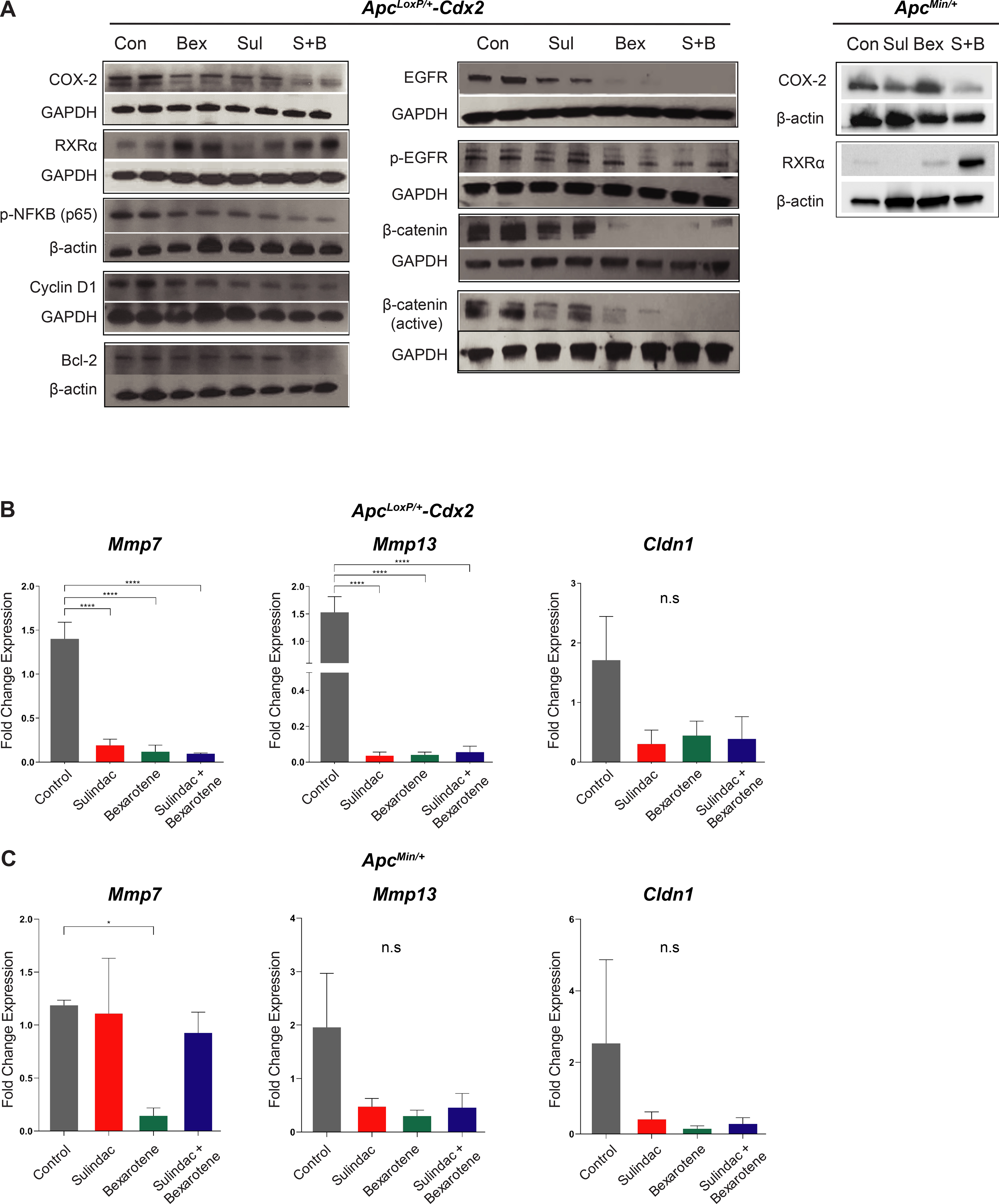Figure 4. Sulindac and bexarotene combination decreases inflammation and cell cycle arrest through down-regulation of EGFR and β-catenin, as well as predictive biomarkers of gene expression in both mouse models.

(A) Western blot analysis was performed in the lysates (25 μg/lane) from mucosal stripping of two ApcLoxP/+-Cdx2 mice in each treatment group using anti-COX-2, anti-RXRα, anti-p-NFκB (p65), anti-cyclin D1, anti-Bcl-2 (Left panel), and anti-EGFR, anti-pEGFR, anti-β-catenin, and anti-active β-Catenin (Middle panel). Western blot analysis was performed in the ApcMin/+ model (Right panel) using anti-COX-2 and anti-RXRα antibodies. The loading control for each blot was β-actin or GAPDH, as shown in the panel. Each blot was a representation of three individual experiments. Control group was comprised of untreated, genotype-matched, tumor-bearing mice; (B) Quantitative gene expression shows the mRNA levels of potentially predictive biomarkers in the colonic mucosal stripping of ApcLoxP/+-Cdx2 mice treatment groups (n=4 mice per group); (C) Quantitative gene expression shows the mRNA levels of potentially predictive biomarkers in the colonic mucosal stripping of ApcMin/+ mice treatment groups (n=3 mice per group). Data show the relative mRNA expression levels of cytokine genes Cldn1, Mmp7, and Mmp13. Each bar represents mean ± S.E. (*P-value ≤0.05, **P-value ≤0.01, ***P-value ≤0.001).
